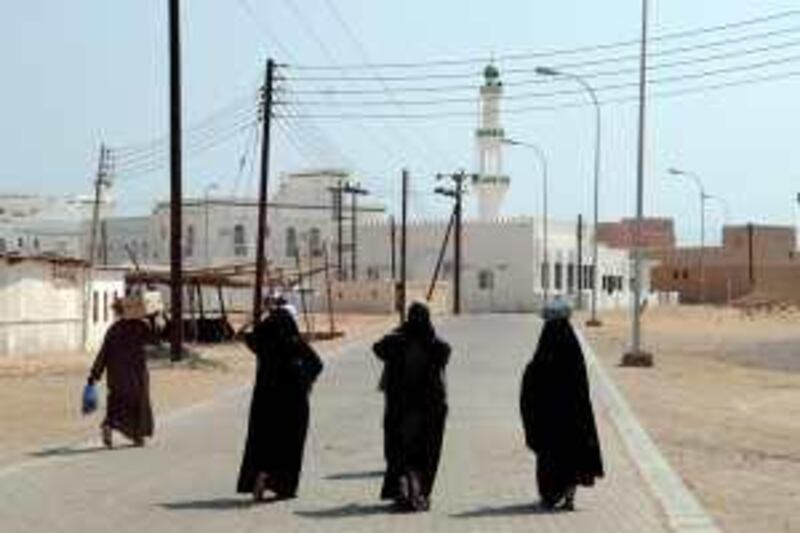Oman is renewing efforts to privatise its electricity sector, after the world financial crisis and lower oil prices delayed the programme and pushed the country's budget into deficit. Muscat, which 15 year ago became the first Gulf Arab state to allow private investors to develop power plants, in 2006 set a target of selling off all government stakes in electricity projects by this year. But buyers did not step forward as quickly as expected.
Now, facing an expected 15 per cent annual increase in its power requirements until 2020, the sultanate plans to increase its electrical generating capacity and strengthen its power grid with 3 billion rials (Dh28.6bn or US$7.8bn) of new projects to be built over the next six years. It hopes private-sector investors will help it foot the bill. "If we can get the private sector to generate power, then that will help reduce the government's deficit in the annual budget," Sheikh Abdulmalik at Hinai, the undersecretary at the ministry of national economy, recently told Reuters. "The aim is to eventually sell, partly or wholly, government owned power stations to attract more international investors to the country."
Mohammed al Mahrouqi, the chairman of Oman's Public Authority for Electricity and Water, said new power plants and upgrades to existing plants were needed to meet rising power consumption in Oman, caused by industrialisation and urbanisation Among the projects in line for development by 2011 are two gas-fired power plants, each to have 650 megawatts of generating capacity, for which the government is seeking bids by mid-October, and a 420mw gas-fired project. The government hopes to add a further 500mw of generating capacity by 2013 through upgrades to existing power plants, and to bring Oman's first coal-fired power station into service by 2015 with 1,000mw of capacity. Last year, Oman hired KPMG, the international accounting and professional services firm, to oversee the privatisation of Oman Electricity Transmission, the government entity that owns the country's electricity grid. Muscat has set the end of next year as its target for completing the grid privatisation. So far, the private sector has spent about 700 million rials to build, own and operate about 2,500mw of power generating capacity in Oman. The French electricity group Suez Energy International has been the biggest investor. Others include AES, a US power company, and International Power of Britain. Dependent on oil exports for about 70 per cent of state revenue, Oman's government this year pledged 6.42bn rials of total spending on projects to boost the economy, while forecasting a budget deficit of 810m rials. tcarlisle@thenational.ae





